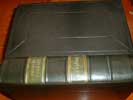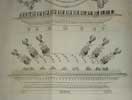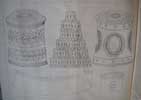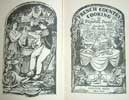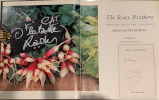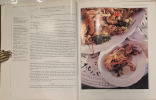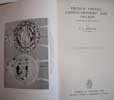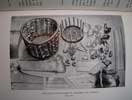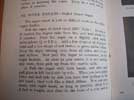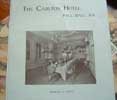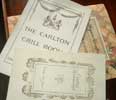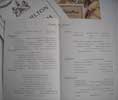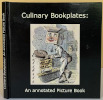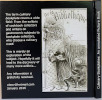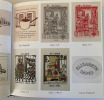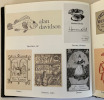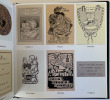Framed menus; Carlton Hotel, London.
A draft menu hand-written by Escoffier, undated, and another Escoffier menu, but written by another hand in cursive script, dated 1908. Both menus are from Escoffier's tenure at the Carlton Hotel, London.
Enclosed in a glass fronted gold framed picture 322mm x 378mm. The menu in the cursive script is on display. Escoffier's hand written menu is taped under plastic on the back of the picture. All in fine condition. Very rare.
- The very rare draft menu written by Escoffier in his typically messy scrawl would have then been sent to a comptroller who writes on the menu, the date and the name of the recipient of the special Dinner, as seen on this one in blue crayon. It is then sent to someone (probably in the Food & Beverage department) to be written properly and sent to the client. In this case, written in ink in a beautiful hand. Another would be written and then posted in the kitchen on the banquet notice board one week before the dinner. It appears that the letter may be written for the client, a Mrs Williams. But I think this one has come from the Kitchen itself, possibly Escoffier’s office. There were three lots in the auction from where these two items came. All lots were similar with written menus in Escoffier’s hand and menus written on Carlton Hotel headed paper in the same beautiful hand as this one. Also some Carte du Jour menus were in the lots. (See also item # 10980. The written menu by Escoffier, and a Carte du Jour menu as well, all from Escoffier’s time at the Carlton). These two items here are very rare Ephemera and give an interesting glimpse of the way the process works from Escoffier’s office to the client to the Kitchen to the eventual meal served and placed in front of the guests.



click on image to enlarge

Modern category
ref number:
11219 